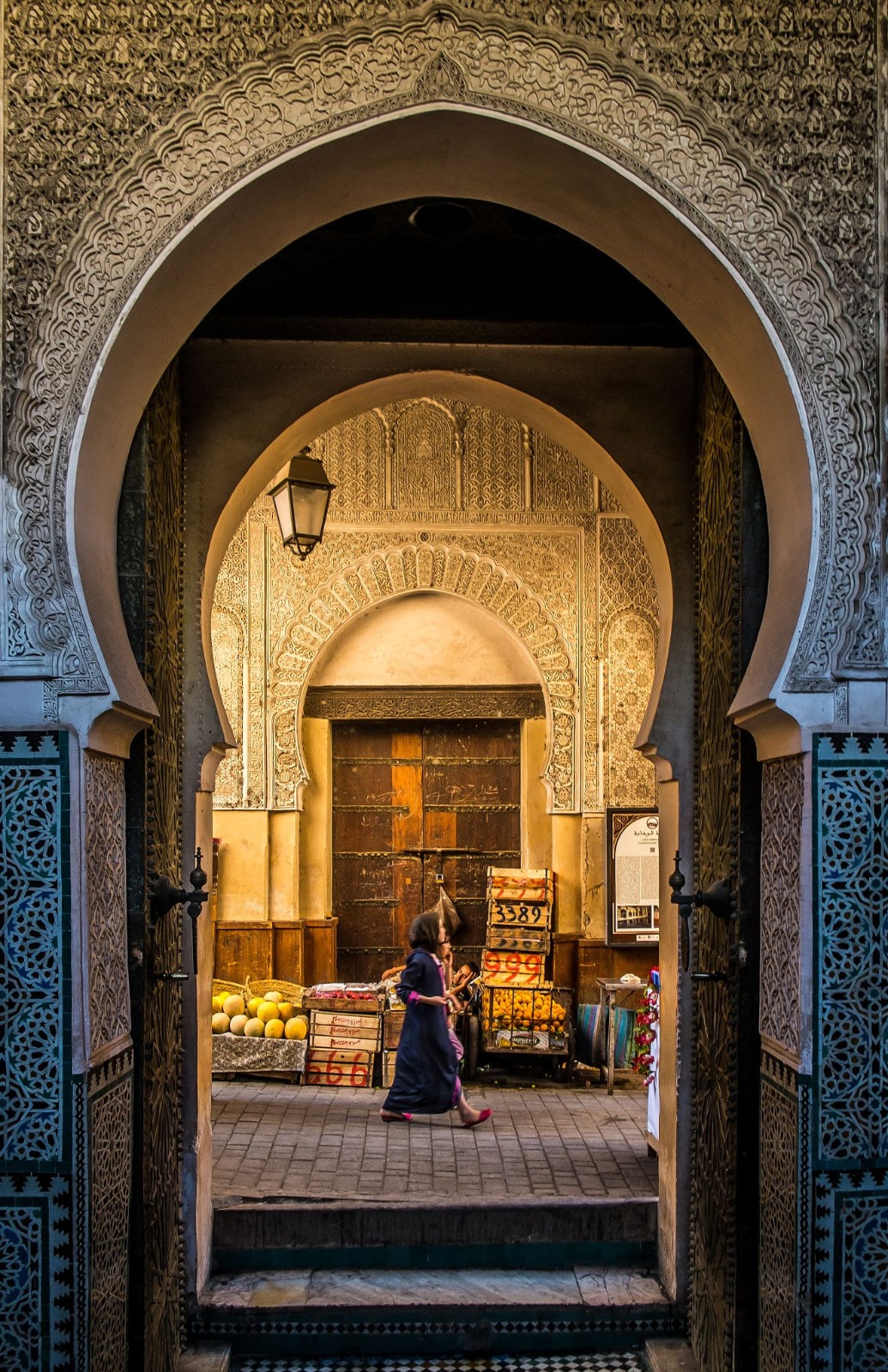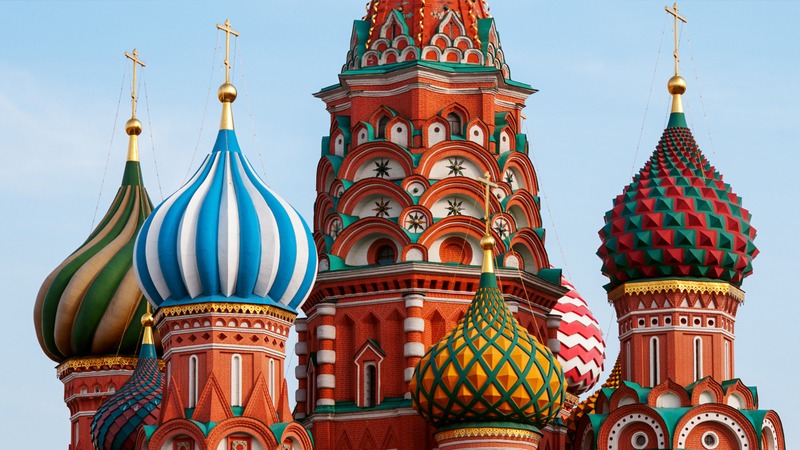Tales of a Great Empire
Tales of a great empire circulate throughout Europe, one whose greatness matches that of the Byzantines or the Holy Roman Confederation. Those who have seen it have never ventured beyond the port cities or, at best, the capital, for beyond lies a strange and hostile arid land, where only Muslim merchants dare travel. Here sits the Empire of Morocco.
The origins of the Moroccan people come from the Berber tribes of West Africa. The Berbers were nomadic people, originating around 10,000 BCE. They expanded from the northern coast of Libya down to the south of the Sahara. They eventually settled down, building small port cities and trade centers. After the fall of Carthage, the Romans conquered northern Africa along the coast. Their territory was kept nominally under the control of the Byzantine Empire. Over 100 years, of course, this was only until the Muslim conquests of the eighth century. The Byzantine Empire had pulled the majority of their armies away to defend Anatolia, and the garrisons that were left were severely underpaid and unhappy. When the Muslim army swooped in, they crushed the Byzantine forces, and many towns just threw open their gates. With them, they brought the Arabic language and Islam into the Berber regions. The Berber people quickly adopted Islam into their culture, but in a surprising way. While the lands of Morocco and the rest of North Africa converted to traditional Islam, many smaller sects of Berbers mixed it in with their own cultural religions and customs.
Despite the quick adoption of Islam and the integration into the Umayyad Caliphate, Umayyad rule was relatively short, as the region was quickly thrown back into chaos as the Berber tribes revolted in one of the largest uprisings against the Umayyad Caliphate to ever occur. The revolt can be traced back to the heavy taxation and Arab superiority over the native Berbers. The revolt began in 739 C.E. and quickly spread across North Africa. Key victories at the Battle of Awdaghust and the Battle of the Nobles shattered Umayyad rule in Morocco and Algiers. Massive amounts of reinforcements were sent to quickly defend Tunisia, as it was the base of Umayyad rule in North Africa. They managed to hold back the Berber armies, but there was no way to retake the lost land. And with this victory, many independent Berber states popped up across the free region. The largest of these states were the Kingdoms of Tlemcen, Fez, and Tunis.
However, the balance of power was shattered, as in the early 19th century, the Fatimid dynasty charged into Morocco and Algiers. The fragile Berber kingdoms fell one by one, ending in the collapse of the Tlemcen Kingdom. This, however, didn’t go as planned for the Fatimids, as the region was thrown into civil war. Fatimid forces, local officials, Fatimid loyalists, and mercenary armies all vied for power and control of Morocco. In 965, Fatimid armies managed to re-establish order in the region after conducting another successful military campaign.
But as we know, peace in Morocco can’t last for more than ten seconds. So, as Fatimid armies were pulled away from Morocco to conquer Egypt, the region once again erupted into anarchy. This time, however, a new force had come to power in Morocco. South of the Atlas Mountains, Berber armies stormed through to the coast. They founded the great Berber dynasties known as the Almohads, Almoravids, Marinids, and Wattasids. Together, these dynasties took turns ruling Morocco for the next five hundred years. This had a profound impact on the Berber identity, as for the first time in their history, they were ruled by strong, independent Berber kingdoms.
The first of these great dynasties were known as the Almoravids. They were the first ones to emerge victorious from the Civil War. They originated as an alliance of three tribes whose names I dare not pronounce. Their empire began small in southern Spain and North Africa. After taking stock of their gains and passing through a few religious reforms, they got back to conquest. The Almoravids were devout Muslims, and so they used religious zeal as a rallying call to try and retake Morocco. They pushed all the way to Algiers until they finally stopped in 1092 outside of Tunisia. Right away, they got to work stabilizing the empire. Their first move was to make friendly overtures to the Umayyad successor states, the Taifas, who had conquered Morocco so long ago. After this, their leader, whose name I shall refrain from attempting to say, raised armies in southern Spain in an attempt to halt the Reconquista. He was mostly successful, putting a temporary halt to the bloodshed and establishing Almoravid rule in the southern half of Spain. The final integration of Spain into the empire came in 1106. The problem was there was nothing they could really do to stop the Reconquista. As pieces of Spain fell into Christian hands, the Almohads, who saw the Almoravids as weak, rebelled. After 22 years of fighting, the Almohads took Marrakech in 1147, establishing a new dynasty for the empire.
The Almohad rebellion was founded on a call for moral reforms against the corrupt Almoravid dynasty. Whether these claims are true or not is a matter of debate. However, it didn’t stop the fact that they accelerated the Almoravid’s fall from power in 1147, and their last holdings in Spain fell in 1170 to Almohad rule. Almohad rule got off to a shaky start. Victory against the Christians in 1195 managed to keep them off of Spain for a while, but a series of Arab revolts caused serious damage to the eastern provinces.
Here is where most people point to the beginning of the decline of the Moroccan Empire. Spain would fall to the Christians in 1212. Tunisia would be seized by foreigners in 1236, and in 1239, Algeria would be fractured into many smaller kingdoms. The end of the Almohad dynasty would come in 1269, and after a few palace coups, the Marinids seized power in Marrakech. Though even as this dynasty fell, the Almohad mark was permanently placed on the empire. During the reign of the Almohads, a new Berber culture had been birthed beneath the empire’s foot. Art, literature, philosophy, and theology all flourished under Almohad rule. But I do find that the Almohads have been done a great injustice by history for being labeled as the decline of the Moroccan Empire. There is much worse to come.
Spain was inevitably going to fall. It cost way more to keep than ever brought into the empire. Tunisia was a recent conquest, and so when it fell in 1236, it didn’t matter much. Algeria was pretty bad when it fell and fractured into smaller kingdoms, but they never were able to challenge the rule of the Almohads. And even though they fell in 1269, they left a definite mark on the region. But now we reached the Marinid Sultanate. This is truly where the Moroccan Empire begins to fall.
The Marinids would last from 1269 to 1456, and while it was a long rule, it was nothing compared to the glory of the previous dynasties. Their first act was to move the capital to their power base of Fez in the east. Then they would attempt to recapture all the territory lost by the Almohads. No small feat. However, they would only find success in one of their endeavors. They conquered the territory of Temes in 1337. Over time, their campaigns drained the empire’s resources until the Marinids held very little power over Morocco. Facing the possibility of anarchy, the Wattasids seized power and assumed control in 1465, preventing a possible collapse into civil war.
And so we reached the last of the great dynasties of Morocco, the Wattasids. Moving the capital to Fez in 1465 allowed the Wattasids to take control of the empire. However, their power and influence were limited, and the borders of the empire now only covered northern Morocco. It was often only referred to by other powers as the Kingdom of Fez instead of an empire, and it was barely a shadow of the great dynasties before. The Wattasids tried to reform the empire, but the Portuguese and Spanish began to carve up territories, and they were eventually overthrown by the Saadian Kingdom in the south. The Wattasids did actually have some influence, despite their short and uneventful rule. The Portuguese and Spanish empires began to carve up territories in North Africa, but their power in Morocco was curbed by the Wattasids. Before they were overthrown, the Saadian Kingdom struggled to keep control of what little territory it had left, staving off both the Europeans and the Ottomans for quite some time. As the Saadians managed to defeat the Portuguese at the Battle of Alcácer Quibir, marking it as their greatest victory. They, however, fell from power in 1628, as Morocco once again fractured into many kingdoms.
Morocco was once again unified by a man named Moulay Ismail almost 70 years later, in the early 18th century. They drove the English from Tangiers and the Spanish from Larache. Unfortunately, central authority would die with Moulay Ismail in 1727. Centralization was thrown out the window for tribal autonomy. Although the kingdom was technically still unified as Morocco, the kingdom would actually be unified for the last time in 1859, as Moulay Hassan I won a great and unlikely victory against the Spanish in the Spanish-Moroccan War. They managed to stay independent, staving off foreign influence until 1912, when the king of Morocco first became a French protectorate and then a French colony. The modern-day Kingdom of Morocco gained its independence in 1956, after many riots and movements forced the French government into releasing Morocco. While they don’t contain many of the territories they once had, Morocco is fully independent and, for the most part, stable. They have beautiful culture, art, literature, and an amazing history.



